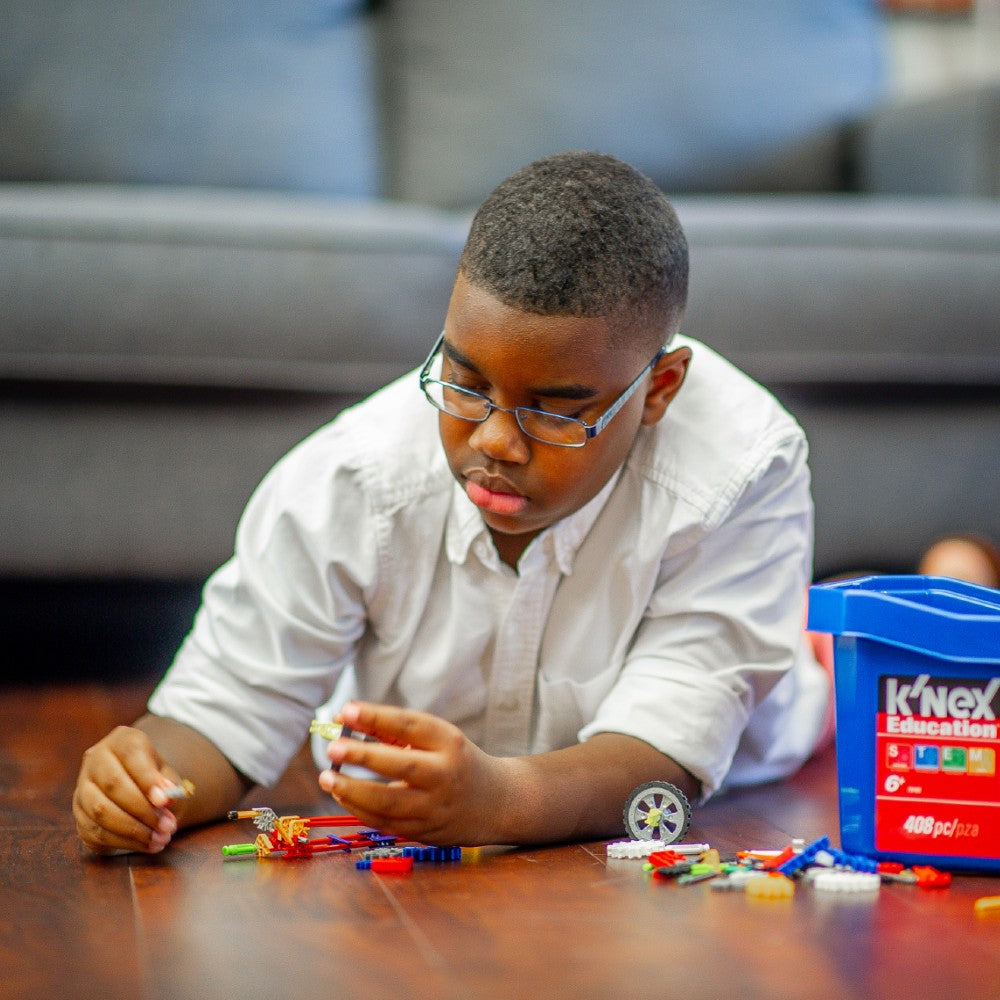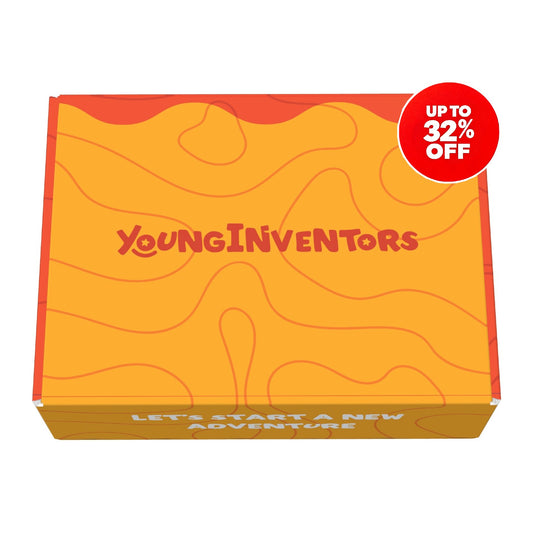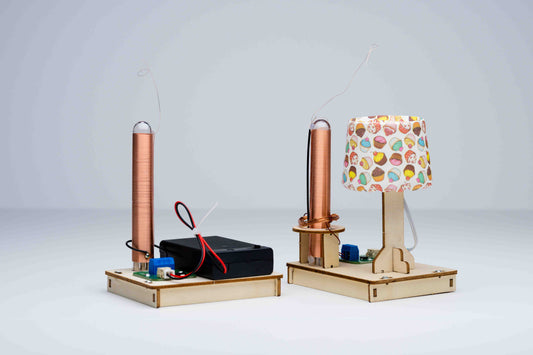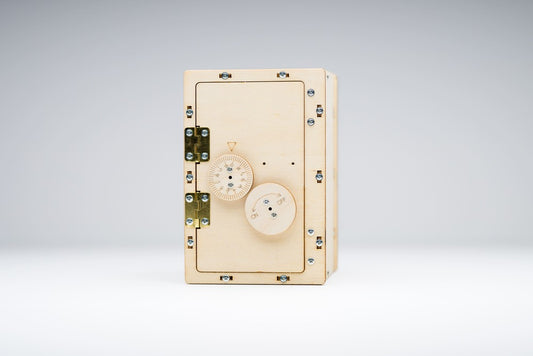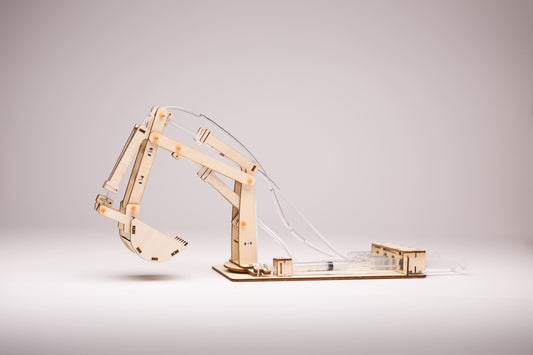In a world where science, technology, engineering, and mathematics (STEM) skills are increasingly important, creating a STEM-friendly environment at home is crucial for nurturing a child's curiosity and learning. This blog post will provide practical tips for parents on setting up a conducive space at home for STEM learning and exploration.
1. Designate a Specific Learning Area
Creating a dedicated space for STEM activities is the first step in establishing a STEM-friendly environment. This doesn’t require an elaborate setup; a corner of a room or a small table can suffice. The key is to have a designated area where your child can engage in STEM activities without interruptions. This space should be stocked with basic supplies like paper, pencils, rulers, and a calculator.
2. Invest in the Right Tools and Resources
Equip your STEM learning space with the right tools and resources. This can include educational toys, like those offered by Young Inventors, which are specifically designed to encourage STEM exploration. Additionally, consider getting age-appropriate science kits, building blocks, and basic electronics sets. Remember, the goal is to provide resources that stimulate curiosity and creativity.
3. Incorporate Technology Wisely
Incorporate technology into your STEM space wisely. This can include a computer or tablet loaded with educational apps and software that promote coding, programming, and other STEM skills. Ensure that this technology is used as a tool for learning and discovery, not just for passive consumption.
4. Foster a Hands-On Learning Environment
STEM education thrives on hands-on activities. Encourage your child to build, experiment, and explore. Subscription boxes from Young Inventors, for example, provide a variety of hands-on experiments that children can do at home. These activities not only make learning fun but also help in developing critical thinking and problem-solving skills.
5. Display Educational Materials
Surround your child with educational materials that spark curiosity. This can include STEM-themed books, educational posters (like the periodic table or anatomy charts), and models (like a globe or a human skeleton). These materials can serve as constant sources of inspiration and learning.
6. Encourage Exploration and Experimentation
One of the most important aspects of a STEM-friendly home is an environment that encourages exploration and experimentation. Let your child know that it’s okay to ask questions, make mistakes, and try again. This fosters a growth mindset, which is essential for STEM learning.
7. Be Involved and Supportive
Your involvement as a parent is crucial. Engage with your child in their STEM activities. You don’t need to be an expert; showing interest and learning together can be a powerful motivator. Support their interests and provide them with the resources they need to explore those interests further.
8. Connect Learning to Real-World Applications
Help your child see the connection between what they are learning and the real world. Discuss how STEM is involved in everyday life, from cooking (chemistry) to playing sports (physics). This approach helps children understand the relevance of STEM and its practical applications.
Creating a STEM-friendly environment at home is about more than just having the right tools and resources; it’s about fostering a mindset of curiosity, exploration, and continuous learning. By following these tips, parents can provide a nurturing environment that encourages their children to explore and grow in the fields of science, technology, engineering, and mathematics. And remember, resources like Young Inventors’ STEM toys and subscription boxes can be a valuable part of this journey, making learning both engaging and enjoyable.

